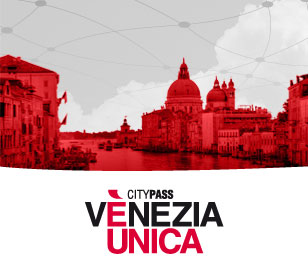Giambattista Tiepolo
Venezia 05/03/1696 - Madrid 27/03/1770

Formatosi a Venezia nella bottega di Gregorio Lazzarini, nel 1717 risulta già iscritto alla Fraglia dei pittori veneziani e pertanto è possibile che già lavorasse autonomamente. Nel 1719 sposa segretamente Maria Cecilia Guardi, sorella dei pittori Francesco e Giannantonio, dalla quale avrà 10 figli. A Udine, nel 1726, esegue gli affreschi per la cappella del Santissimo Sacramento nel Duomo, per il Castello e per il Palazzo Patriarcale dimostrandosi inventore di straordinarie composizioni che lo porteranno a lavorare in tutta Europa: da Venezia, con Palazzo Labia e Ca’ Rezzonico, a Vicenza, dove assieme al figlio affresca Villa Valmarana ai Nani, a Milano, fino alla grande impresa della Residenza di Karl Philipp von Greiffenklau, a Würzburg con le Storie di Federico Barbarossa (1750-53). Ma Tiepolo è anche grandissimo pittore di dipinti religiosi e realizza straordinari capolavori lungo tutto l’arco della sua carriera, dai Gesuati a Sant’Alvise alla Scuola dei Carmini, sempre a Venezia. La sua fama universale lo porta, infine, a realizzare gli affreschi di Villa Pisani a Stra (commissionatigli nel 1760) che precedono la partenza per Madrid dove Tiepolo venne chiamato da Carlo III per decorare le sale del nuovo Palazzo Reale e dove morì nel 1770.
Le opere
-
Pinacoteca Palazzo Chiericati
-
Mercurio ordina ad Enea di lasciare Cartagine
Villa Valmarana ai Nani







